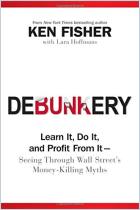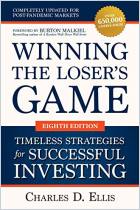
The Four Pillars of Investing
Lessons for Building a Winning Portfolio
Read offline
Recommendation
Investment pro and author William J. Bernstein provides a crash course in the vagaries of Wall Street as he outlines his “four pillars of investing”: its theory, history, psychology and business. Wise, insightful, skeptical and snarky, Bernstein proves a friend of the everyday investor. In plain, entertaining language, he presents a strong case for investing in stocks, arguing that they’re the only way to hit your retirement goals. Bernstein urges discipline and caution. He disdains Wall Street’s herd mentality and advocates low-cost index funds. In a few cases, his analysis can get a bit confusing, and some of his examples in this classic have fallen out-of-date. Still, his solid primer offers a good grounding in the basics of wise investing. While never giving investment advice, getAbstract recommends Bernstein’s wisdom to investors seeking a commonsense, foundational guide to building their portfolios.
Summary
About the Author
William J. Bernstein is a retired neurologist and co-founder of Efficient Frontier Advisors, an investment management firm. He is the author of five books, including A Splendid Exchange.



















Comment on this summary or 开始讨论